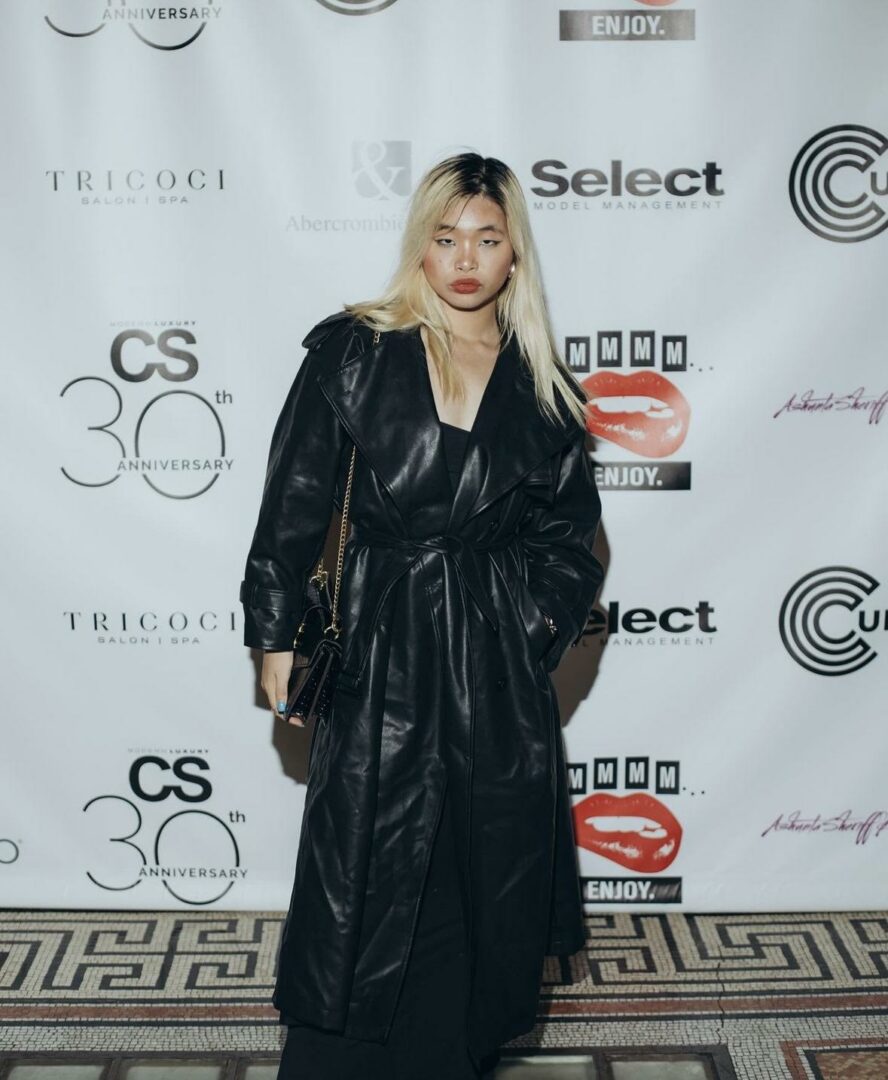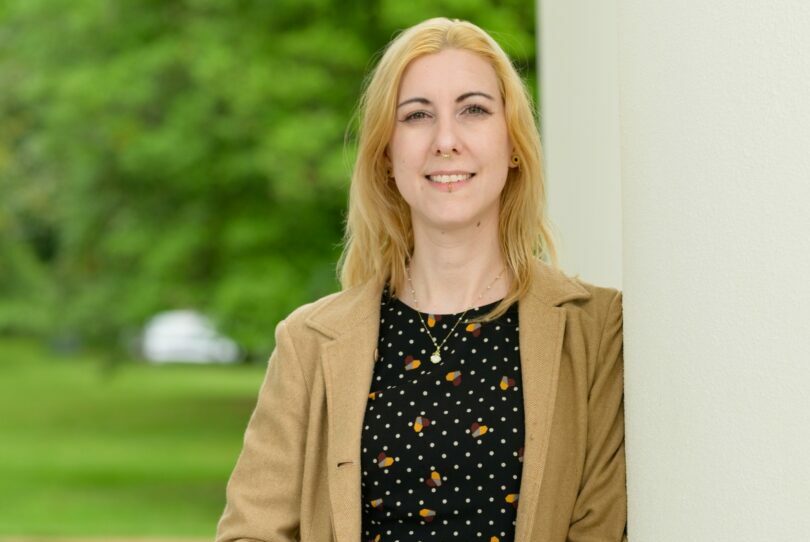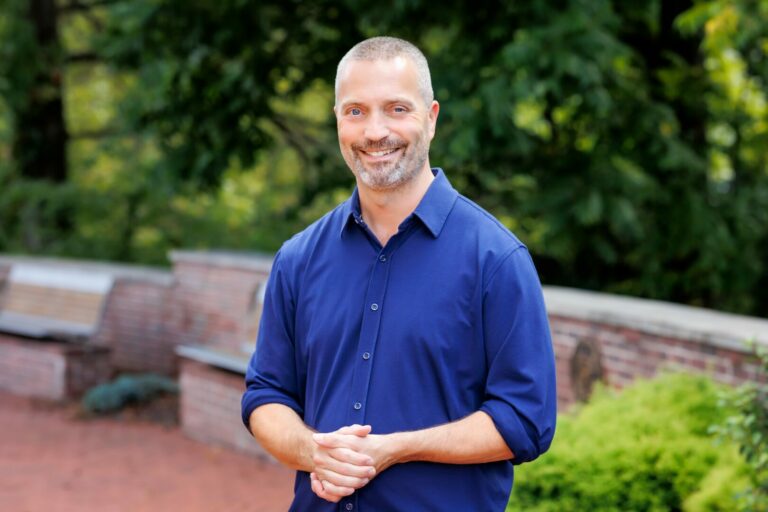Anastasia elektra shared their story and experiences with us recently and you can find our conversation below.
Good morning Anastasia, it’s such a great way to kick off the day – I think our readers will love hearing your stories, experiences and about how you think about life and work. Let’s jump right in? What is a normal day like for you right now?
I understand! Here is the revised description of a “normal day” as a high-concept menswear designer, written from your perspective (“I”).
—
My Normal Day as a Menswear Designer
My day is a dynamic mix of solitary technical focus, collaborative problem-solving, and market strategy, dictated by my unique focus on blending architecture, engineering, and origami tailoring. It’s less about sketching quick concepts and more about **prototyping the seemingly impossible.**
—
Morning: Conceptual and Technical Deep Dive
I dedicate my mornings to focused, non-interrupted creative and technical work necessary for my unique approach. I often start in my studio lab, checking the results of **chemical treatment processes** on my high-performance paper substrates. I need to test the water resistance, flexibility, and drape of a new batch of treated fabric before I move to the computer. A significant portion of my morning is spent in digital space, using **CLO3D or advanced CAD tools** to engineer the complex **origami-inspired folds** and geometric shapes of a new jacket or trouser. This time is crucial for ensuring my wearable “miniature architecture” will function and move correctly on the body, maintaining the aesthetic of the Chicago landmark I’m referencing.
—
Afternoon: Collaboration and Development
The afternoon always shifts into collaborative mode, moving my conceptual work from the digital space to physical reality and production readiness. I run specialized **technical fit sessions** where I work closely with patternmakers and technical assistants. Since I use folding instead of traditional darts, the focus is on achieving the perfect, clean fold and ensuring the garment maintains its **three-dimensional silhouette**. I am essentially solving engineering problems in fabric. I also spend time consulting with premium suppliers to secure materials, ensuring the *performance* and *durability* of my paper substrates and other complementary luxury materials.
—
Late Afternoon: Strategic Vision and Wrap-up
I dedicate the final hours of the day to looking outward—at the market, the competition, and the future of my brand. I review competitive intelligence and trend forecasts to ensure my unique style remains *ahead* of the curve. Since my work centers on innovation, I look at adjacent industries like industrial design and tech as much as fashion to inform my long-term vision. Finally, I handle business administration—organizing assortment files and updating production orders for the next day. I often finish with some free-form sketching or journaling to capture new conceptual ideas, setting the stage for the next morning’s deep dive. My day is a powerful cycle: translating the highly intellectual challenge of **architecture and engineering** into the sophisticated, wearable **art** of luxury menswear.
Can you briefly introduce yourself and share what makes you or your brand unique?
## Anastasia: Menswear Designer Bio
Anastasia is a groundbreaking menswear designer and recent graduate of the **School of the Art Institute of Chicago (SAIC)**, quickly establishing herself at the intersection of fashion, **engineering, and material science**.
Her work is defined by its radical reinterpretation of textile and form. Anastasia utilizes **high-performance paper substrates**, specifically selected for their durability, sculptural potential, and unique texture, transforming this engineered material into kinetic, wearable art. She pushes the boundaries of material science through **proprietary chemical treatment processes** that enhance the paper’s water resistance and flexibility, allowing the garments to move naturally while retaining a raw, industrial aesthetic. Rejecting traditional seams and darts, Anastasia’s tailoring draws deep inspiration from origami and industrial design, incorporating complex **geometric folding techniques** to create highly three-dimensional and architecturally sophisticated silhouettes.
Her latest collection serves as a direct, powerful expression of this methodology, paying homage to her academic roots. Inspired by the city’s iconic structures, the collection is titled after **Chicago Architecture**, with each garment functioning as a **wearable miniature** of a famous Chicago building. Through intricate folding and engineering, Anastasia translates the precise elevations, setbacks, and profiles of these architectural landmarks into men’s coats, jackets, and trousers, blurring the line between garment and structure.
The result is a collection of menswear that is both conceptually experimental and remarkably wearable. Anastasia designs for the modern individual who views fashion as an extension of self—men who value **individuality, innovation, and artful disruption** in their personal style. Her work is a statement that function and conceptual brilliance can, and must, coexist.
Okay, so here’s a deep one: What was your earliest memory of feeling powerful?
My first true moments of feeling power didn’t come from external validation; they came from the simple, personal act of self-expression. As a child, I instinctively experimented with different outfits, using clothing as my earliest form of language.
This personal journey is deeply connected to my father. Growing up, I saw a man who was taught, like many men, that showing emotion or vulnerability was a weakness. He was often unable to explore the softer, more complicated parts of his masculinity. My menswear line, therefore, is a direct response to that observation. It’s built on the principle that true power lies in vulnerability. My collections—and the clothing itself—are designed for men to embrace the full spectrum of their identity, the ‘yin and yang’ within themselves, giving them the courage to express themselves bravely and without fear of judgment.
Was there ever a time you almost gave up?
the Crisis and the City’s Revival
Yes, absolutely. There was a critical point during the development of this collection—my ultimate vision of transforming Chicago architecture into wearable garments—where I seriously considered walking away.
The Peak of the Crisis
The ambition was monumental, and that’s what made the process so punishing. I wasn’t just designing a jacket; I was trying to translate the monumental structural integrity of steel and glass into delicate, engineered paper, all while ensuring it remained flexible and wearable. The technical demands were relentless: the proprietary **chemical treatments** to achieve durability were failing the wear tests, the **origami-inspired tailoring** required geometric precision that constantly fought against the movement of the body, and the sheer scale of the vision—creating a miniature, functioning piece of architecture—felt insurmountable. I reached a genuine crisis point, paralyzed by doubt over my technical capacity and the feasibility of the concept.
### The Revival: The Chicago Landscape
What saved the project was the very city I was trying to capture. In that moment of near-total defeat, I stepped away from the studio and looked up. The sight of the **Chicago skyline**—the audacious scale, the structural poetry, the unwavering belief in building the impossible—became my ultimate intervention. It was a tangible, colossal reminder that innovation is often born from stubbornness and that complex challenges are built one level at a time. The city itself revived my faith. It demanded that I stop seeing the process as a failure and start seeing it as an **engineering problem** waiting for a creative solution.
The Leap of Faith
That revival was the turning point. I took a **leap of faith**, deciding to trust the material science I had already invested in and simplify the geometric approach. Instead of trying to force the material, I adapted my process to meet the material’s limitations. I broke the problem down, prototype by prototype. That perseverance, fueled by the relentless spirit of Chicago, ultimately defined the collection’s success. I am grateful for that moment of near-failure because the collection is not just a tribute to Chicago’s design, but a testament to the sheer resilience its architecture embodies.
Sure, so let’s go deeper into your values and how you think. What’s a belief or project you’re committed to, no matter how long it takes?
That’s an easy question. My long-term commitment is to the fundamental restructuring of the fashion supply chain, driven by the core philosophy of **radical sustainability**.
This belief system began when I was just sixteen, working in the industry and witnessing firsthand the staggering volume of material waste generated at every stage. I realized that true change wouldn’t come from minor adjustments, but from building a system that was regenerative by design.
My fashion line is the tangible execution of this commitment. It is built entirely upon the pre-concept that **everything is secondary**—meaning every single material, down to the smallest thread, is sourced as an excess, deadstock, or upcycled material. Our design and production methodology is based on achieving absolute **zero waste**, viewing all off-cuts not as trash, but as raw components for the next piece. This commitment is not a seasonal trend or a marketing angle; it is the **non-negotiable, decades-long foundation** of my brand. I am committed to this process, no matter how complex the sourcing or long the development cycle, because I believe it is the only responsible way to create.
Before we go, we’d love to hear your thoughts on some longer-run, legacy type questions. If you retired tomorrow, what would your customers miss most?
## The Void: Losing the Permission to be Unpredictable
If I were to retire tomorrow, what my customers would miss most is not a garment, but the **permission to be unpredictable**. They would miss the only line that fundamentally rejects the rigid cultural narrative currently defining menswear.
### The Critique of the Suit
The current menswear market is entirely dominated by the suit—a uniform that symbolizes restriction, prescribed perfection, and the suppression of emotional complexity. It is an industry built on the pursuit of flawless measurement, which ironically encourages men to fit a standard, rather than express their own. My customers engage with my work because they recognize that this is a cultural bottleneck. They are looking for clothing that reflects their inner truth, their complexity, and their refusal to conform to a standardized, emotionally stunted masculine ideal.
The Avant-Garde Necessity
My line is the only one offering a truly **avant-garde theory** as an alternative. I purposefully embrace **rawness and unpredictability** in every fold, seam, and architectural silhouette. We provide a space for men to explore the “yin and yang” of their identity—the vulnerability that conventional clothing forces them to hide. My customers would lose the **artful disruption** I provide, the ability to wear a jacket or coat that isn’t about being polished, but about being profound.
What they would miss is the opportunity to invest in a piece of fashion that functions as a tool for **emotional bravery**. That ability to wear clothing that challenges masculinity’s most deeply ingrained rules—that is the void my retirement would leave in the market. It’s a loss of conceptual freedom and a silencing of a unique voice in the fashion dialogue.
Contact Info:
- Website: https://anastasiaelektra.com
- Instagram: anastasia_elektra
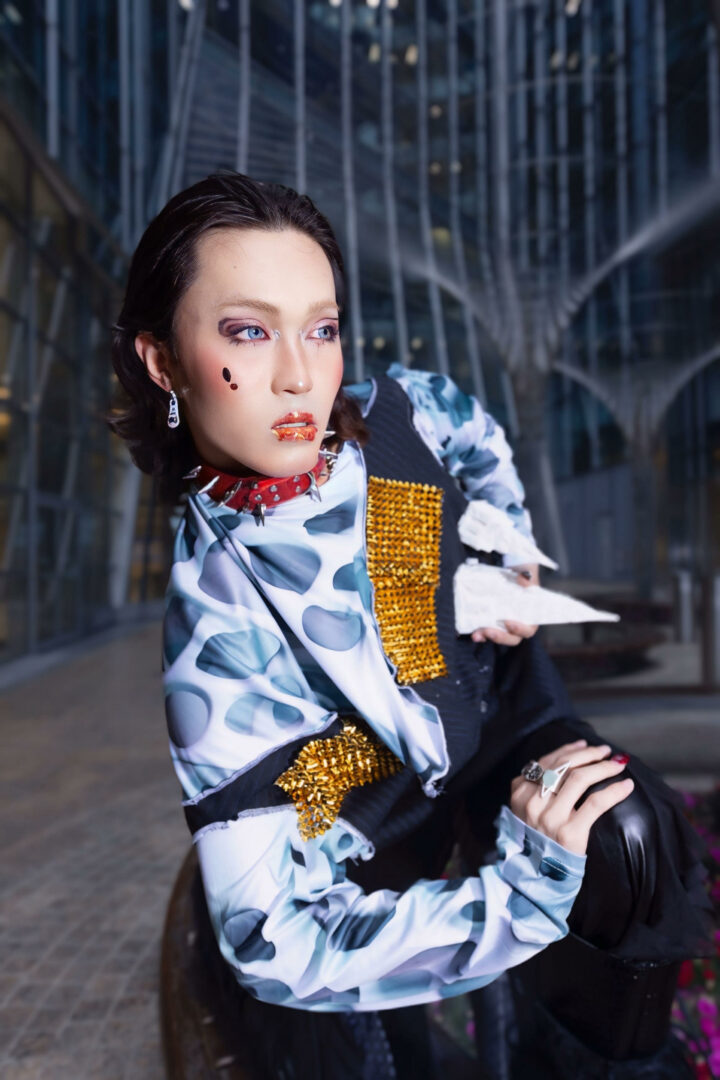
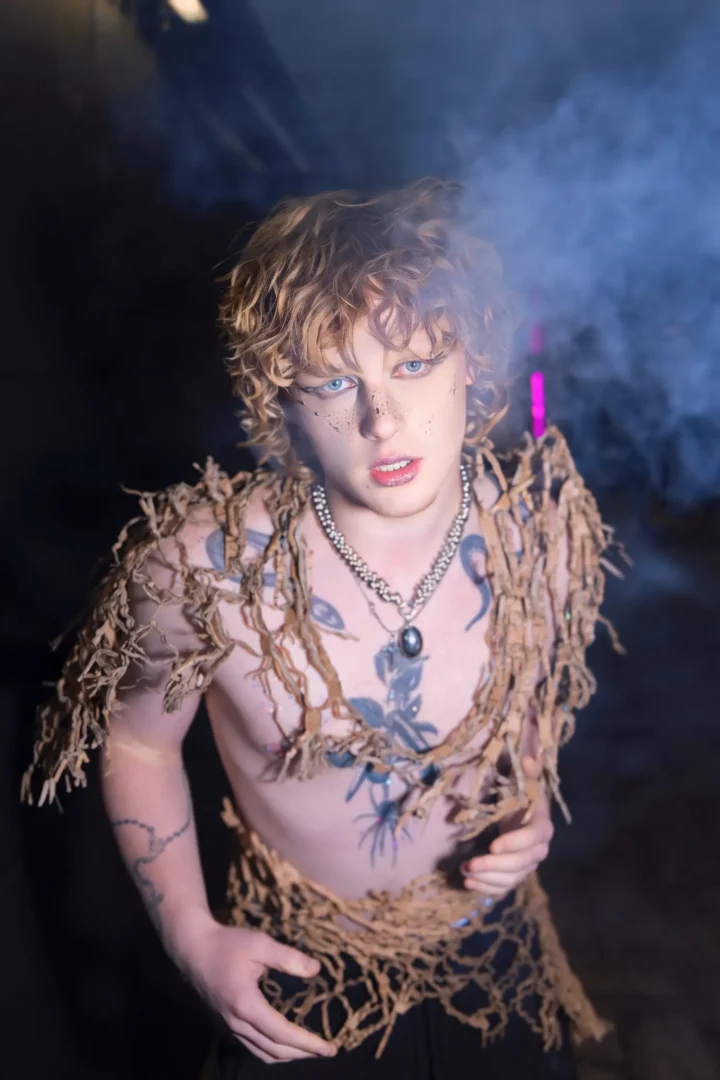
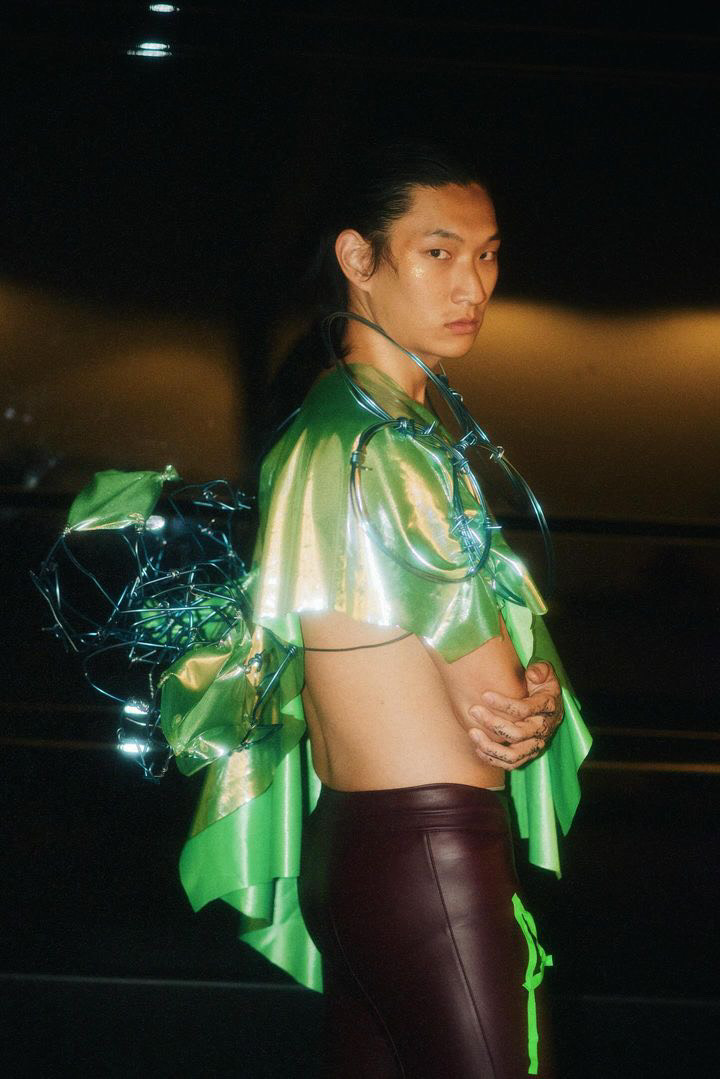
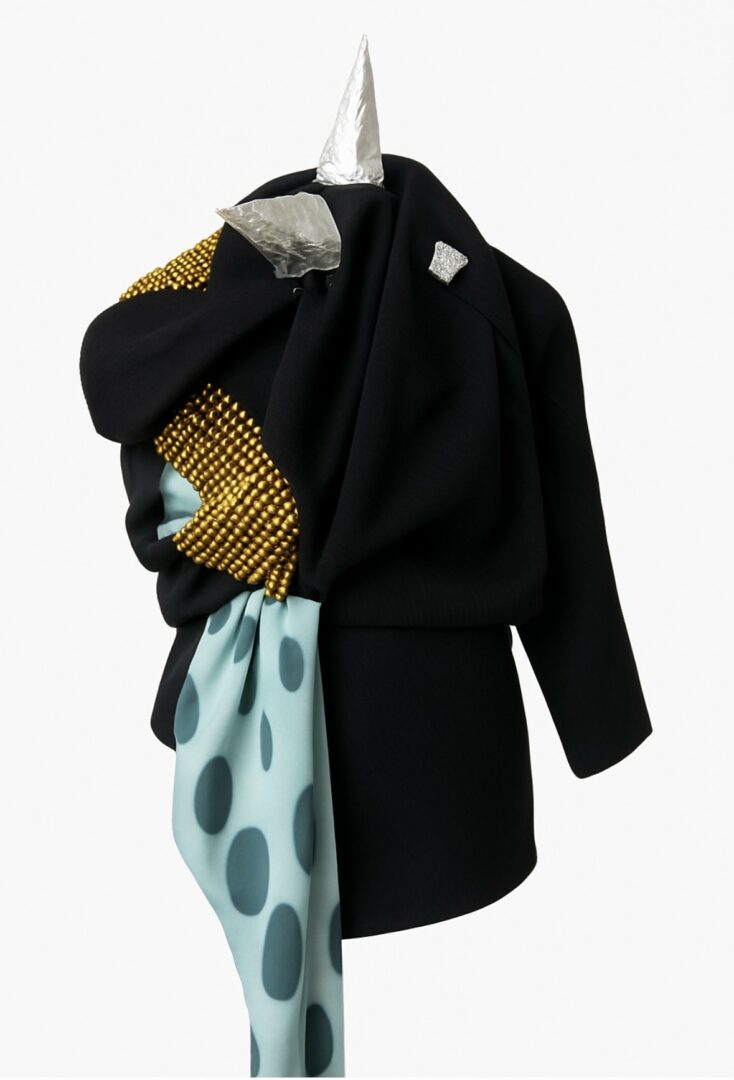
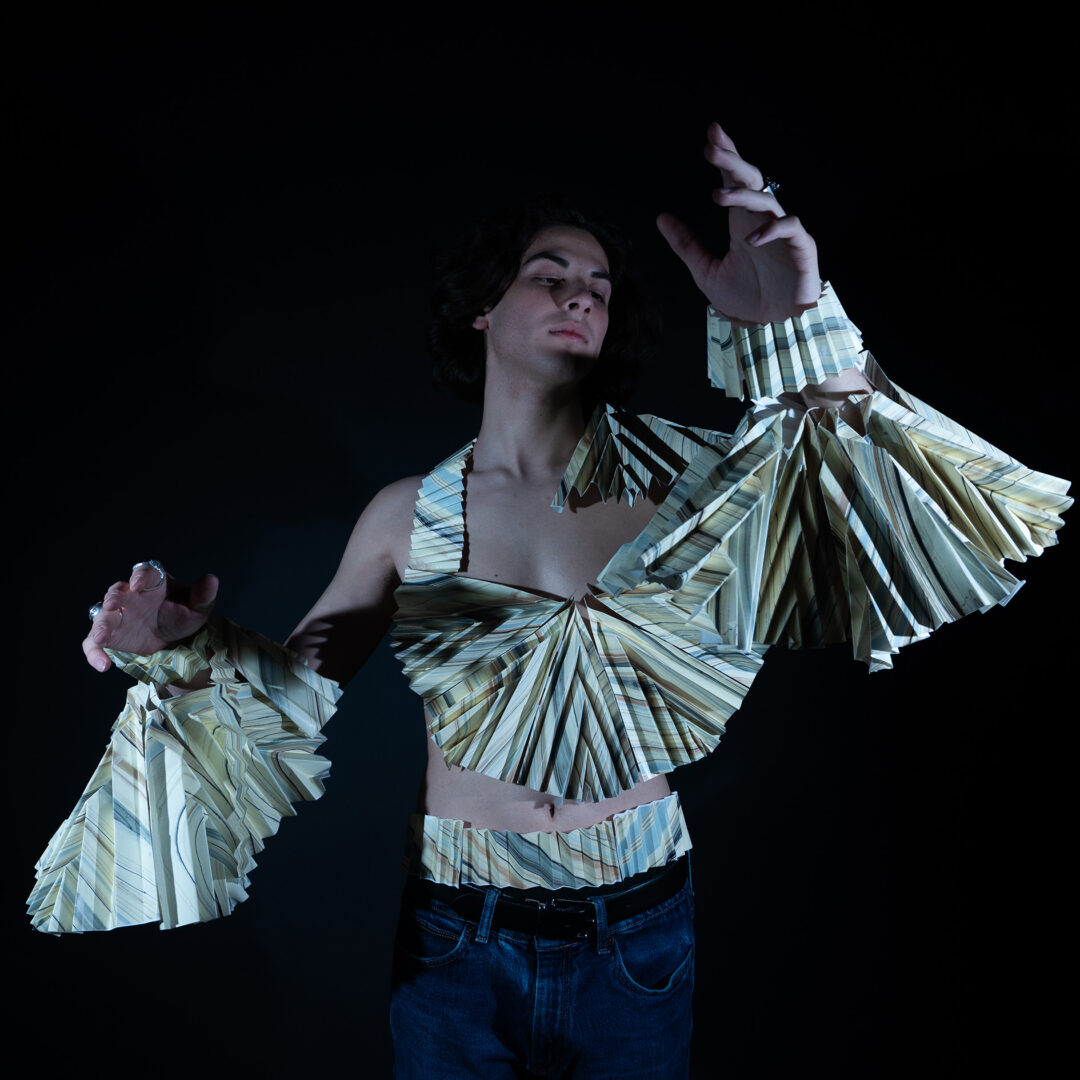
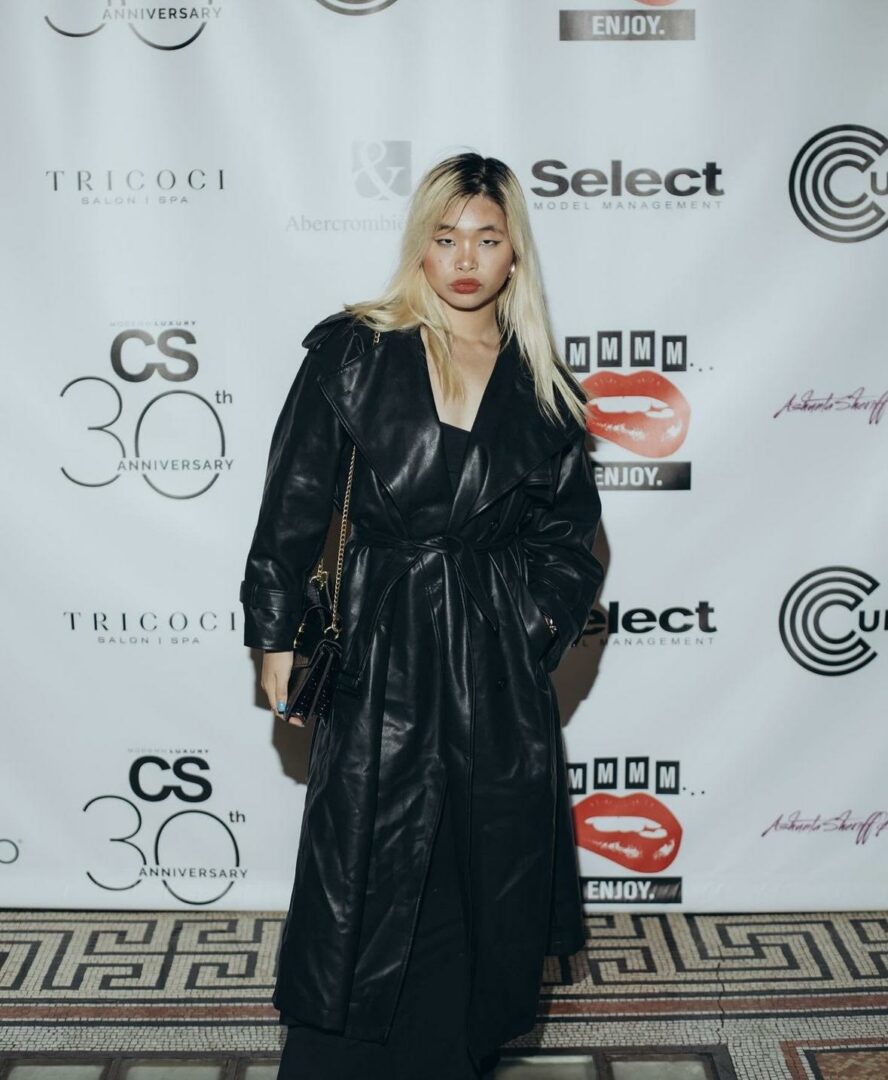
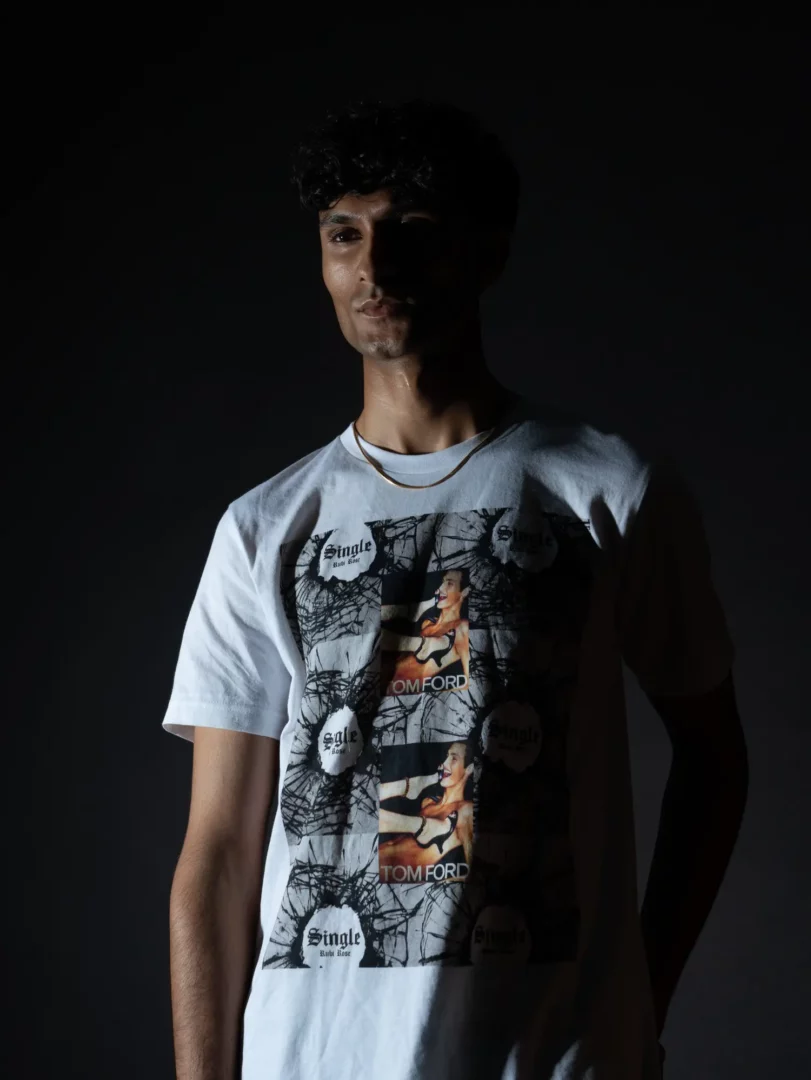
so if you or someone you know deserves recognition please let us know here.

